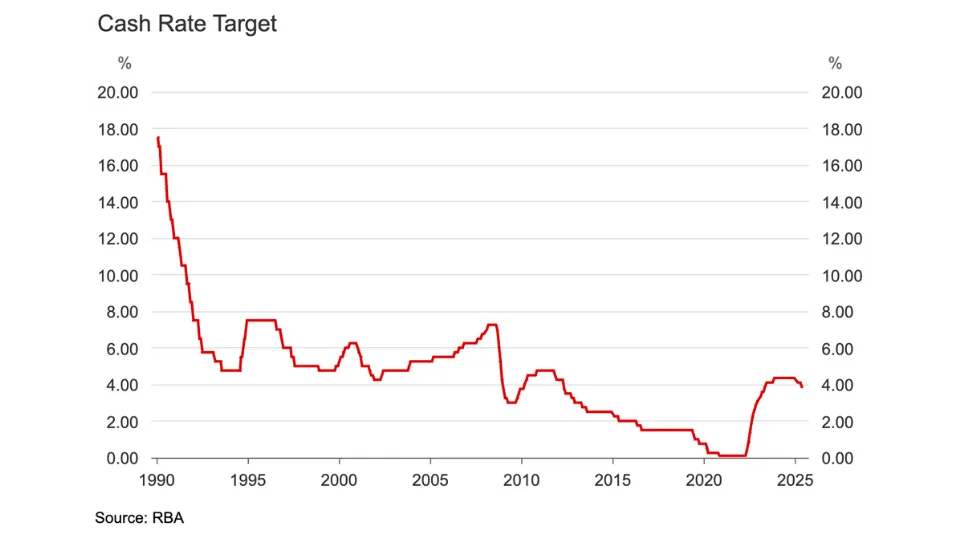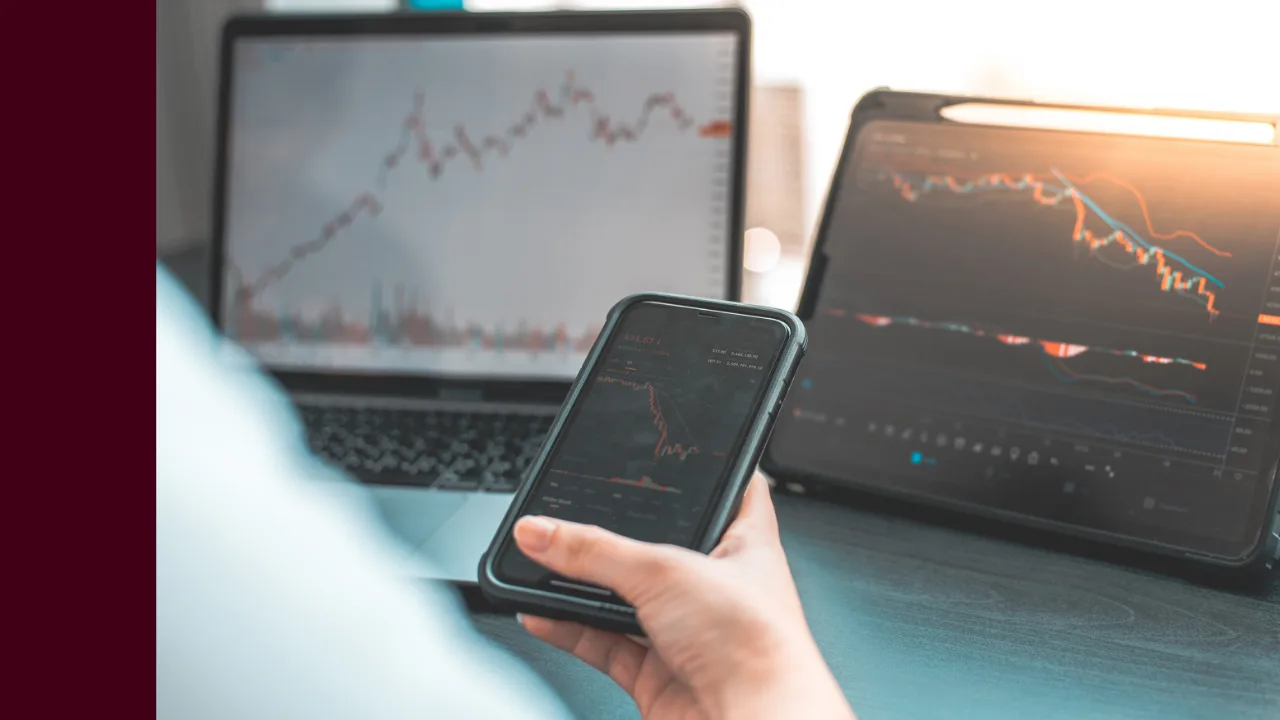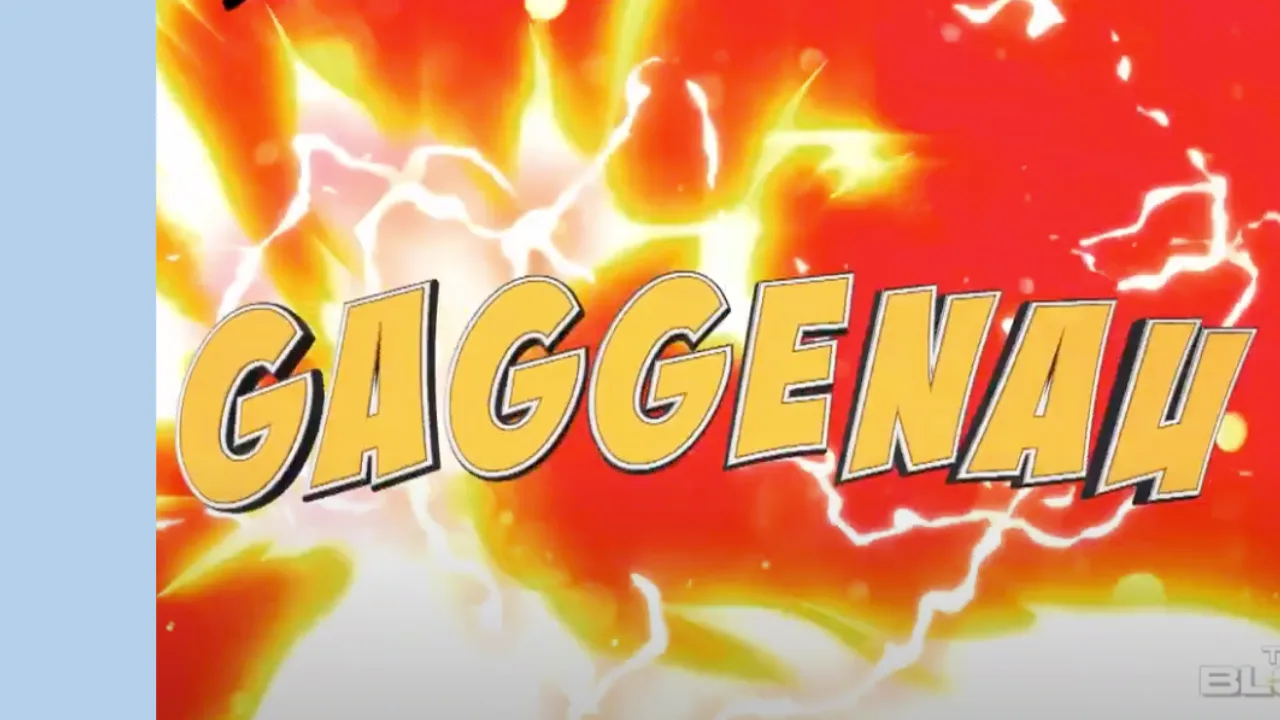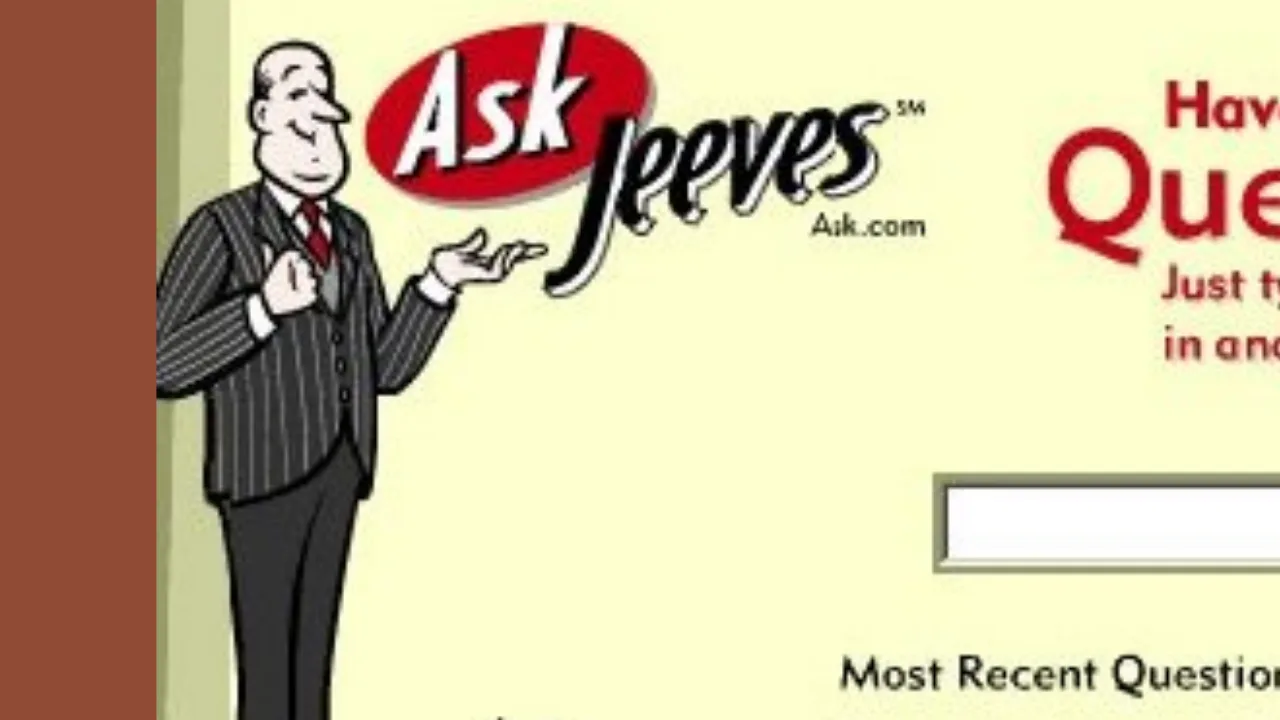I recently released a full video review of our current ASX and global share positions for Rask Invest members, and I answered investing questions that will help them navigate the current market crash and, in time, find opportunities that will inevitably emerge from this crisis.
Unsurprisingly, one of the most popular questions went along the lines of:
“How do I protect my portfolio from financial risks and how do I know if my current stock holdings are prepared for a market crash?”
While the full 1-hour and 20-minute portfolio review video is available only to our members, I feel it’s incumbent upon me to help as many investors as possible. That’s why I’ve created a fairly simple investment checklist (see below), in addition to recording the following step-by-step tutorial.
You can learn more about our paid ASX share research services by clicking here.
Steps to protect you (and your stock portfolio) during a market crash.
Step 1: check on your finances.
Are your personal finances sorted? I mean, really sorted?
If you don’t have an emergency cash balance (we call it a “Go Bag”), or if you think you’ll need your investment money within the next 3-5 years, keeping your finances in shape should be your priority — not investing.
The last thing you’ll want is to become a forced seller. As we’ve seen in recent weeks, so many Australians have panicked and are now selling their shares at — arguably — the worst possible time.
Step 2: do you have a plan?
Are you prepared to invest small amounts slowly over a long period of time?
Dollar-cost averaging should be your focus, not dumping a heap of cash into the market in one go. Right now, the situation in the stock market and the COVID-19 outbreak are rapidly evolving and it’s unlikely we’ve seen the worst of what’s to come, especially in the United States.
Instead of investing all of your money (e.g. $20,000 or $100,000) at once, break it up into one investment each fortnight, month or quarter for the next year or two. I’m planning to make 6 investments for Rask Invest over the next six months. But that could change if I find more opportunities or none.
Step 3: Review your current holdings
At step three, it’s time to review your portfolio.
Log into your brokerage to find your current ETF and share positions. Go through your portfolio one by one. Start at the top and work down, asking yourself a few questions:
- Do I understand the business?
- How is it responding to recent market conditions?
- Am I comfortable owning it for at least another 3 years?
If you’re unsure, it could be time to consider selling some or all of that position and free up the capital for other (better) investments.
Note: you might also choose to review other investments such as property, collectibles or cars that are not shown in your brokerage account.
Put a circle around the shares you want to keep and those you’re considering selling. I’m about to teach you how to understand the companies and investments at a deeper level, and give you some ways to identify weaknesses and opportunities.
If you’re unfamiliar with reading annual reports you can watch the following video.
Here’s what you should be looking for in the financial statements:
Balance sheet
Cash & debt
How much cash versus debt does your company have? If the business has more debt than cash that’s not always a bad sign but it can spell trouble. So if it has some debt, look further down in the annual report to find the “Notes to the Financial Statements”. There you should find some notes on credit and financial risks, and the debt profile.
Hint: press CTRL + F or CMD + F to search for key terms in a PDF file.
Ask yourself: when do the debts come due?
If the debt maturity date is within a year or two, do you believe the company will be able to get more debt from the bank or bond markets to refinance it loans?
Leases
While you’re on the balance sheet, keep an eye on operating leases and other fixed costs. The key details for Leases are buried in the Notes.
If the operating lease or other fixed liabilities are high, the company might be forced to pay for leases or other legal contracts at a time when it’s not making sales. For example, imagine a business like Collins Foods Ltd (ASX: CKF). As the owner of KFC stores, Collins Foods will have leases, staff, spoiling inventory, debt repayments and other challenges right now… even if its stores aren’t open!
Trade receivables
Still on the balance sheet, this time we’re looking at trade receivables and trade payables. Receivables show the amount of money the company is owed by its customers. If the receivables are high but they never get the money this asset will no longer be an asset. It will disappear. Don’t rely on it.
You should look in the notes for any historical evidence which suggests the company may not get its receivables on time. To understand whether or not the company will get paid, also consider the type of customer and the industry environment (e.g. travel and restaurants are struggling to make ends meet right now)
Trade payables
Trade payables is what the company owes to its suppliers.
This is the money that is due to be paid to its partners. Companies will try to hold onto this money for as long as they can, sometimes doing so even if they face legal action. However, sometimes your company will be compelled to pay this money to their suppliers and that will come at the expense of its cash balance or through the use of debt or overdrafts.
Bottom line: if you don’t understand the balance sheet and the financial risks a company may face in the short and medium-term, it could be time to reassess your holding.
Cash flow statement
Finally, it’s important to check to make sure your company has a history of generating strong cash flow. Forget profit, cash flow is what keeps a company in business. You’re looking for many years of high (and positive) operating cash flow.
If you’re particularly mindful, deduct investing cash flows from operating cash flow. That’s a rough rule of thumb for free cash flow. Free cash flow is the most important metric for any company but you have to calculate it yourself.
Putting a valuation on your position
Once you understand if the business will be able to operate in 1, 3 or 5 years, and its past track record, consider the current environment and the range of possible outcomes.
Next, focus on cash flow to understand how you might be able to value the business and its shares. You might think it’s impossible to value the company right now. But just remember, uncertainty is the only certainty in a market crash.
Rinse & Repeat
All-in-all what you are doing with these steps is finding areas of weakness early to determine if your company’s chances of surviving are high or low, then you can use the information that’s left over to try and value the business.
Don’t rush this work.
Right now, getting the right information and properly doing the work is more important than ever.
Good luck, and stay safe.
If you have any questions please navigate to our website where you can take a valuation course or receive my latest investment research.
[ls_content_block id=”14947″ para=”paragraphs”]










